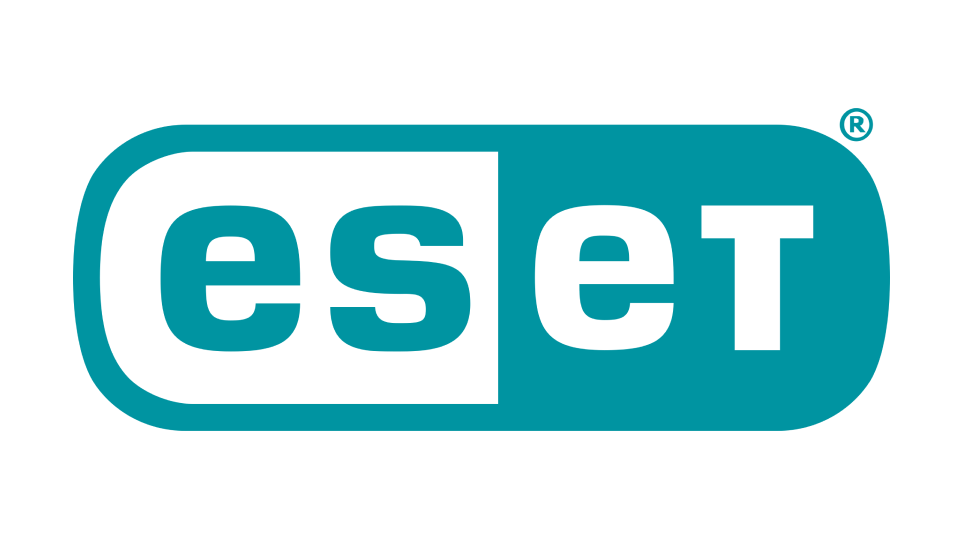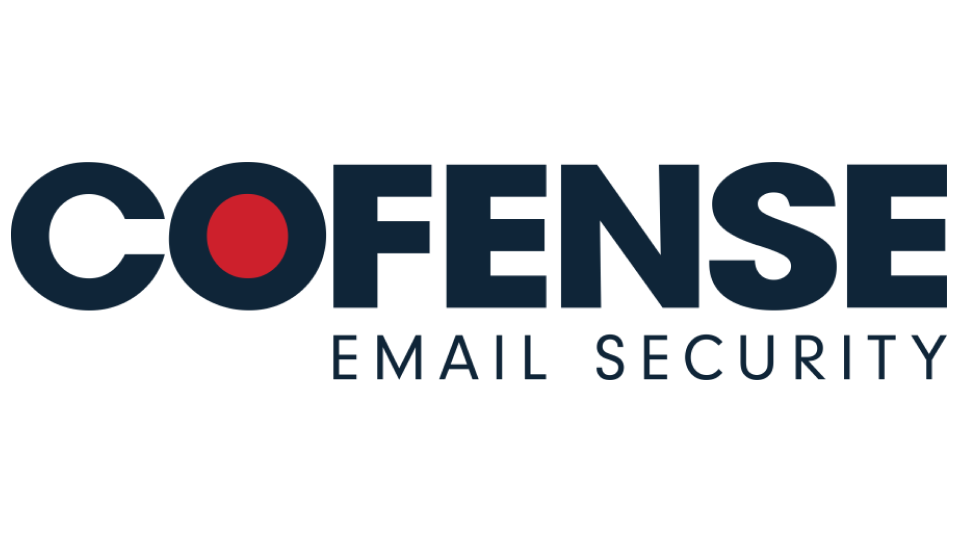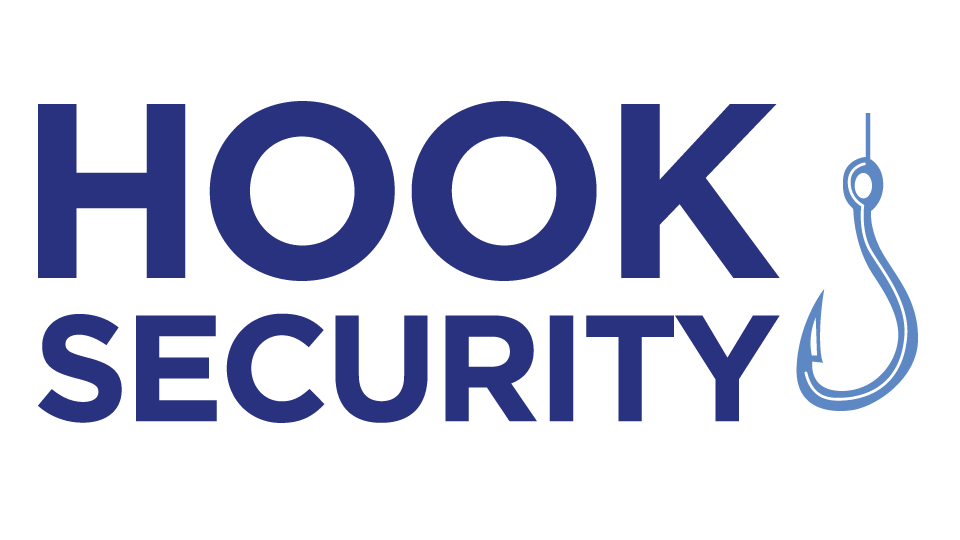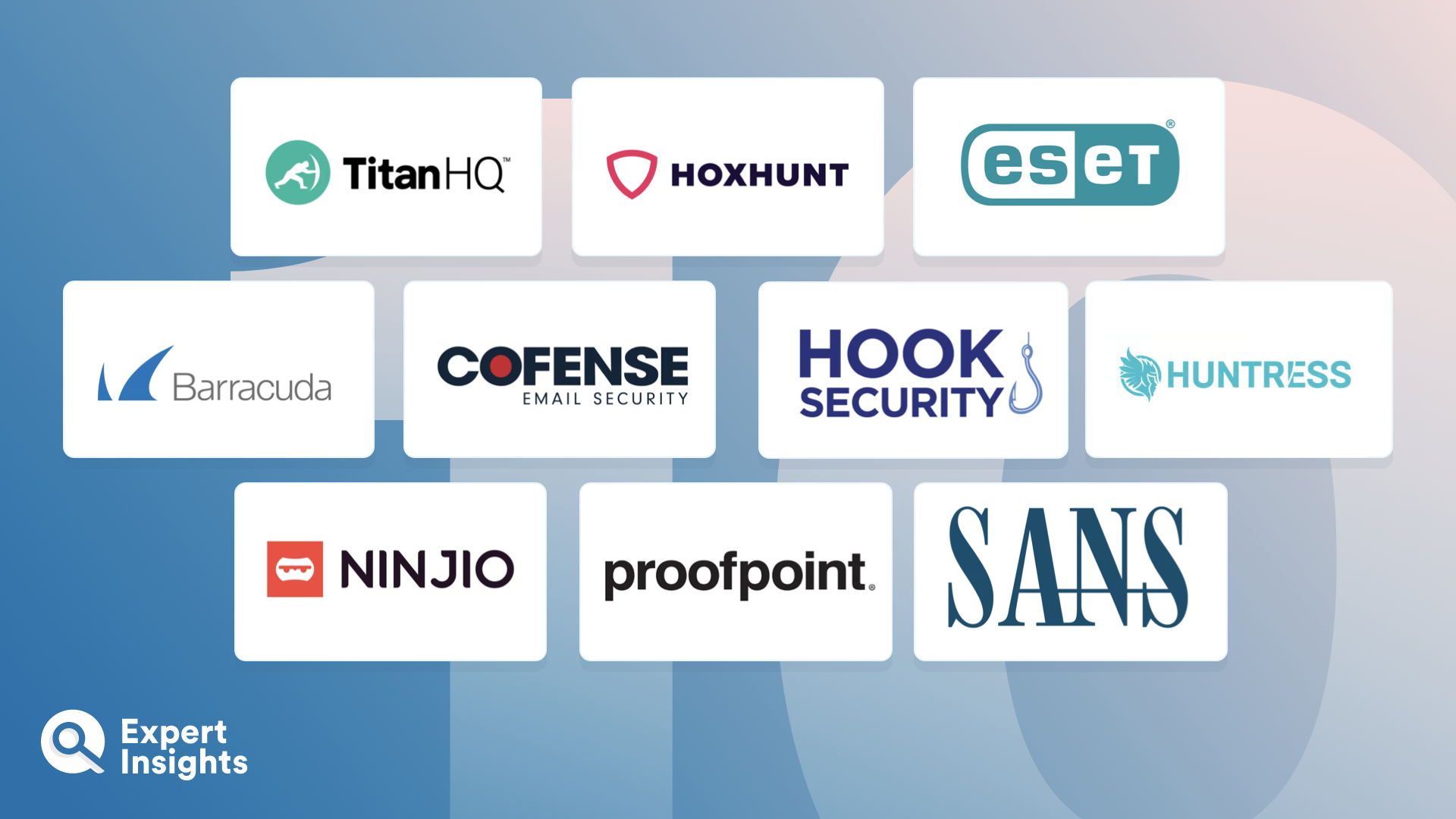Everything You Need To Know About Security Awareness Training (FAQs)
Why Do You Need Security Awareness Training (SAT)?
Email based attacks are always evolving as attackers know how sophisticated and technical cybersecurity defenses have become. While AI and ML capabilities allow technical solutions to catch a higher proportion of suspicious emails than before, sometimes it takes a human user to notice that something is “off”. If a user has completed security awareness training, they will be better placed to identify what is “off” and not fall for the trick.
Implementing a strong SAT solution can directly reduce the likelihood of these tricks succeeding. In fact, in 2022, IBM calculated that effective employee training reduces the average impact of a data breach by $247,000 USD. This is a significant figure that could have a real impact on your organization’s longer-term resilience.
Why Is It Important That Users Can Identify And Respond To Attacks?
It is important to take cybersecurity seriously as the consequences of not doing so can be severe. Cyber threats are so broad in their various forms and range of potential impacts that a single technological approach simply would not do the trick. By empowering your human line of defense, you can prevent a wide range of threats from coming to fruition.
It is worth breaking down the consequences of cyberattacks to understand what is at stake. Lots of these effects are interconnected and an organization can suffer multiple consequences simultaneously.
- Data Loss – If an attacker steals login credentials, they may be able to access your data and services, this can then be sold online, or used as a bargaining chip. You may lose data that is critical to the smooth running of your organization, this will have an impact on employee productivity, customer trust, and, ultimately, profit.
- Financial Loss – If an attacker gets their hands on financial records, they could steal money from your organization and customers or create fake invoices to further their attack.
- Brand Impersonation – If the right credentials are obtained, a brand can be impersonated, allowing for attackers to send convincing communications, encouraging users to divulge details or carry out risky activities. This could be social media profiles (where an attacker could post a malicious download) or an email account where attackers can contact customers directly.
- Reputational Damage – when customers interact with an organization, they expect their data and information to be kept secure and safe. If your organization suffers a breach, or your brand is impersonated, your reputation could well be tarnished. You may be able to protect some of your reputation through responding appropriately, however, questions and doubts may persist.
When a user knows what indicators to look for, they are better able to notice when something suspicious happens. They can then report the activity, thereby keeping other users safe, as well as themselves. If users do not know how to recognize and report suspicious content, they are not only putting themselves at higher risk, but also other users. Part of SAT is about creating a more open dialogue within an organization to make it easier to talk about and prevent attacks.
What Topics Should A Security Awareness Training Solution Cover?
There is no real limit to what topics should be covered by an SAT solution; the most important thing is that your training addresses the unique vulnerabilities and risks that your organization faces.
However, some common topics covered by SAT include:
- Phishing attacks
- Variations on phishing attacks – voice phishing (vishing) and SMS phishing (SMiShing)
- Business Email Compromise
- Malware and download
- Password Hygiene
- Mobile device management
- Data sharing and storage
- Social engineering attacks
Whatever the topic is, users should be taught how to identify each attack (or what signs to look out for) and then how to react. Rather than just ignoring a suspicious message to protect themselves, users should report this content to relevant parties to prevent anyone else falling victim.
How Does SAT Help In Regard To Compliance?
Ensuring that all your employees have carried out SAT is mandated by multiple prominent compliance and regulatory frameworks. Compliance frameworks suggest using SAT due to the fact that it is relatively low effort but has a high reward.
When the training is broken down across the whole year, it amounts to minutes each month. This continuous approach not only reduces the time that users have to devote to it, but it ensures that their knowledge is continually topped up, and they can engage with bitesize, digestible modules.
Many compliance frameworks – including GDPR, HIPAA, and PCI-DSS – as well as insurance brokers, will expect your organization to carry out SAT. Without it, you are not taking all the necessary steps to protect your organization.
What Is KnowBe4?
KnowBe4 is a security awareness and training (SAT) provider that aims to empower employees to make smarter, safer decisions. The platform currently has over 1,300 items in its content library, allowing organizations and users to gain essential knowledge on cybersecurity threats and responses. The phishing training content is available in 34 languages, making it a viable solution for multinational organizations operating across the globe.
KnowBe4 uses AI to monitor user behavior and phishing test results to tailor training and ensure that it is effective and insightful. KnowBe4’s content is gamified, which makes it a more enjoyable experience to take part in. The solution is frequently praised by users for its sleek UI, its ease of use, and its large content library.

















